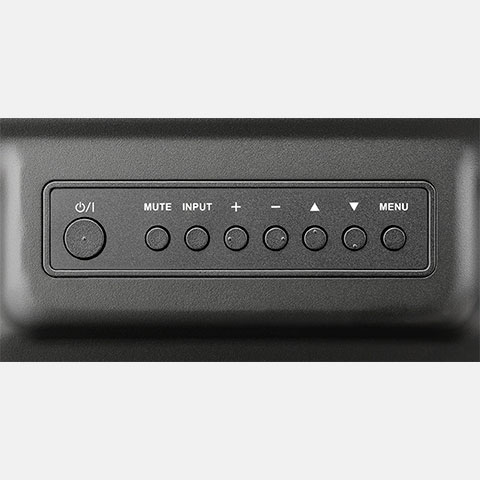Summary :
USB 3.0 drivers are the important elements to guarantee the normal running of the USB ports on your computer. If they are missing, outdated, or corrupt, you need to fix them by installing or updating them. MiniTool Software tells you how to fix USB drivers issues through doing these things in this post. You can read this post to get some useful information.

- A network device driver is a device driver that enables a network device to communicate between the computer and operating system, and with other network computers and network devices. Related pages List of network drivers.
- Download NEC USB Floppy for Windows to uSB driver. Download NEC USB Floppy for Windows to uSB driver. Join or Sign In. USB Mass Storage Device Realtek USB 2.0 Card Reader.
A library of over 250,000 device drivers, firmware, BIOS and utilities for Windows. Synaptics PS/2 Port TouchPad Driver 19.0.11.1 64-bit 256 downloads. Download the Microsoft Firewire 1394 Legacy Driver Installer; Double-click to run the 1394OHCILegacyDriver.msi file. This will extract the drivers to: C: Program Files (x86) 1394 OHCI Compliant Host Controller (Legacy).
NEC Port Devices Driver
What Are USB 3.0 and USB 3.0 Drivers on Windows 10?
USB 3.0 is the third major version of the Universal Serial Bus (USB) standard for interfacing computers and electronic devices. It is one of the most popular and useful USB standard due to its fast and universal performance. You can find it on almost all modern devices.
Nec Port Devices Driver License Test
To make sure that the USB 3.0 can work normally, you need to your computer has installed the right USB 3.0 drivers. If the USB 3.0 drivers on Windows 10 are outdated, missing or corrupt, the USB port will not work. In a situation like this, you will need to update or install USB driver Windows 10.
In this post, we will show you how to install or update USB 3.0 drivers on your Windows 10 computer.
USB thinks it’s a CD drive? Can’t access files on that drive? Before formatting the USB to normal, use MiniTool Power Data Recovery to recover its data.
How to Install USB 3.0 Drivers on Windows 10?
If the USB 3.0 drivers are missing or corrupt, you need to install the USB drivers Windows 10 to make everything back to normal.
Here is a step-by-step guide:
1. Search for Device Manager using the Windows search box and select the first search result.
2. Go to the Universal Serial Bus controllers section and unfold it.
3. Right-click on the USB Root Hub (USB 3.0) option and select Uninstall device.
4. Close Device Manager and reboot your computer.
After rebooting, Windows will automatically install the latest version of the USB 3.0 driver.
Are you troubled by USB keeps disconnecting and reconnecting Windows 10 issue? Do you want to solve it immediately? Read this post to get the solutions.
How to Update USB 3.0 Drivers on Windows 10?
Perhaps, you need to update USB drivers Windows 10. You need to follow these steps:
1. Use the same method mentioned above to open Device Manager.
2. Go to Universal Serial Bus controllers > USB Root Hub (USB 3.0).
3. Right-click on USB Root Hub (USB 3.0) and select Update driver.
4. Select Browse my computer for driver software to continue.
5. Select Let me pick from a list of available drivers on my computer and press Next.
6. Select USB Root Hub (USB 3.0) and press Next.
The updating process will start. When the process ends, you can close the update interface, Device Manager, and then restart your computer.
At times, the USB 3.0 driver issues may not be solved by using the above two methods. If so, you can then modify the USB power settings to fix the USB 3.0 drivers.

How to Modify the USB 3.0 Power Settings on Windows 10?
An improper USB power setting may be conflicted with the USB ports and connected devices. You can follow these steps to change the Windows 10 USB 3.0 power settings:
- Open Device Manager.
- Go to Universal Serial Bus controllers > USB Root Hub (USB 3.0).
- Right-click on USB Root Hub (USB 3.0) and go to Properties.
- Switch to the Power Management section.
- Check Allow the computer to turn off this device to save power.
Then, you can go to check whether the USB 3.0 driver issue is solved.